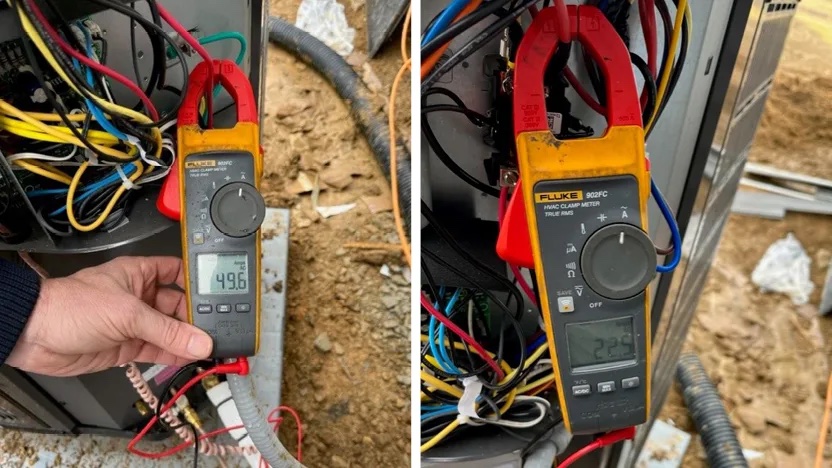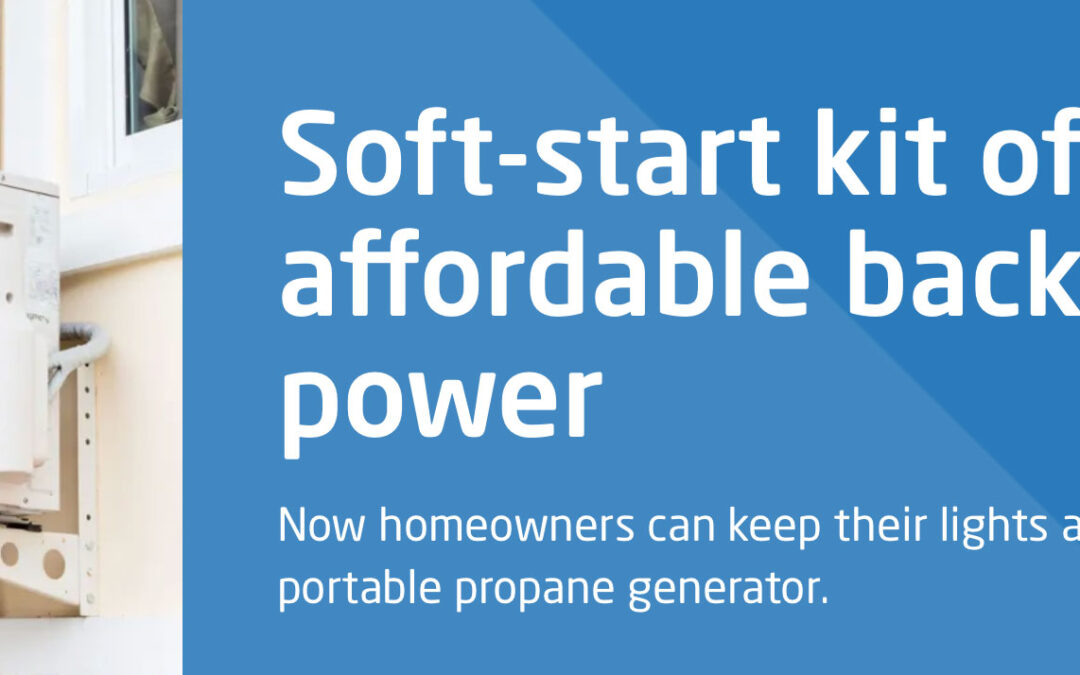Energy For Everyone Propane at propane.com wrote:
An aging grid and extreme weather events are making whole-home generators all but necessary these days. However, the price of a 25-kilowatt unit — upwards of $10,000 — to power an average-size house is out of reach for many homeowners.
Now there’s an affordable alternative for standby power. It’s the same technology used to juice RVs but more robust to keep a home’s major appliances powered, including the HVAC system, with a small, portable generator.
The trick is to use a soft-start unit, a device most serious RVers are familiar with. It reduces the surge of power needed to start up appliances — that’s why lights flicker when the A/C kicks on — so a small backup generator can run a larger electrical load.
“Soft start technology has been around for 30 years, but what’s new about it is how it’s being used,” explains Aaron Fagan, an energy consultant and owner of Atlantic Energy Sales Group based in Maryland. By that, he means soft starters can be used in conjunction with several other pieces of equipment to ensure homeowners can ride out emergencies in comfort and security with a smaller, more affordable 9-kilowatt propane generator.
Here’s how it works: A soft-start load reducer connects between the generator and the power inlet box, reducing starting watts of appliances downstream. A dedicated soft starter on a heat pump’s compressor further slashes inrush currents. The combination makes it possible for a heat pump, refrigerator, garage door, well pump, and other appliances to stay on with only a small backup generator. (You’ll need a transfer switch at the circuit panel to transfer supply to the generator.)
Fagan collaborated with the Propane Education & Research Council (PERC) and several manufacturers to assemble and field test a kit called Home Soft-Start Kit, which includes ActiveStart soft-start units from Active Controls, a DuroMax XP9000iH dual-fuel invertor generator, and a 50-amp transfer switch from Reliance Controls.
“We launched ActiveStart for the RV industry, but now homeowners can see the benefits, too,” says Thomas Victorin, president of Active Controls. “I’m able to run a whole home off a 6,000- to 7,000-watt generator, and that’s with a 3- or 4-ton [HVAC] unit on the home.”

Holtzman Corp., a propane supplier serving Central Virginia, recently tested the Home Soft-Start Kit for a manufactured homebuilder. The soft-start unit cut a heat pump inrush current by half, as you can see on the HVAC clamp meter.
Fagan says the modular home industry is taking notice. One builder is offering the kit as an upgrade for affordable grid resiliency. Likewise, contractors can present the package as an alternative to an expensive whole-home generator.
“What we’re doing is making it easy for the contractor to offer a full backup-power solution to the homeowner at a more affordable cost than previously,” Fagan says.
A hybrid solution for reliable heating
While Home Soft-Start Kit keeps homeowners cool during summer outages, there’s a complementary kit for winter emergencies. The Heat Pump Helper is a package consisting of a heat pump air handler, propane-fired Rinnai tankless water heater, and an AQUECOIL hydronic heating unit. The systems work in tandem as a safeguard — if the heat pump can’t generate enough warmth, the hydronic system can draw from the water heater as a backup instead of engaging electric resistance heat. (While sold as a kit, a contractor could assemble a similar system with different makes and models of heat pumps, tankless units and air handlers.) Combine Heat Pump Helper with Home Soft-Start Kit to have reliable space and water heating even when the power goes out in the dead of winter.

